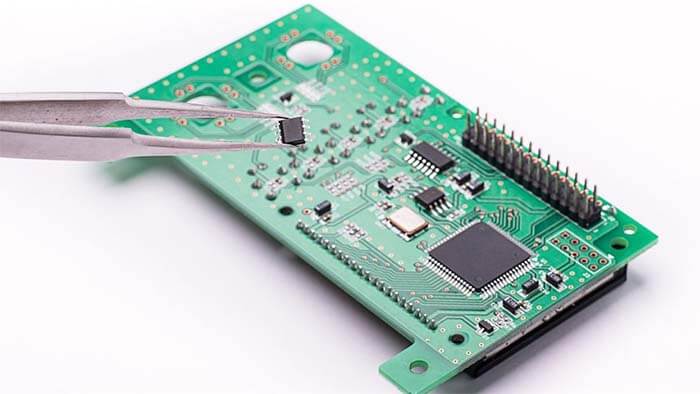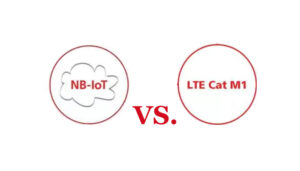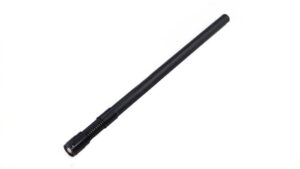What is the feature of the LoRa communication module, and what are the disadvantages of the LoRa communication module?
LoRa is a promising low-power WAN communication technology that is now commonly used in all major areas of the Internet of Things (IoT), which shows that LoRa communication modules occupy an important position in the IoT industry. So, what are the features of LoRa communication modules?
Features of LoRa communication modules
LoRa communication modules have a sensitivity of up to -139 dBm and a communication distance of more than 7000 km, solving the problem of low power consumption and long-distance.
Easy to build and deploy, license-free frequency band nodes, LoRa communication modules are very affordable and will play a huge advantage in all major areas of the Internet of Things.
Due to unavoidable external factors and technical difficulties, LoRa communication modules also have many disadvantages.
Disadvantages of LoRa communication modules
Spectrum interference
LoRa is gaining momentum, and as more LoRa devices and networks are deployed, there will be some spectrum interference between them.
New networks are needed
LoRa requires new towers, industrial base stations, and even portable home gateways in the deployment process.
With the continuous development of IoT communication technology, LoRa communication modules have become more and more perfect.
Domestic and international wireless remote meter reading projects, irrigation projects, etc. are using LoRa communication modules to control, the following and we analyze which points need to be considered to select a LoRa communication module that meets the requirements, to help customers select a suitable and cost-effective module.
First, high sensitivity, strong anti-interference
Strong anti-interference is one of the advantages of LoRa communication module, because LoRa communication module selection LoRa wireless spread spectrum technology, with high receiving sensitivity -139dBm, compared with the traditional GFSK, FSK module has better penetration, can greatly reduce the number of gateways and construction costs.
Second, the transmission distance is long
The LoRa communication module has an open transmission distance of more than 5000m, which can solve the problem of low power consumption and long-distance, and is suitable for projects requiring wireless meter reading and industrial control.
Third, low power consumption
This is one of the key points to consider when selecting a module, in order to save energy and reduce heat, thus extending the life of the product, which is especially important for devices that require battery power.
Wireless products that run from batteries need to think about recharging, replacing, or designing for long-life power. Perhaps replacing batteries may not seem important, but when customers have thousands of devices, then the resources required and subsequent costs become significant. Picking a LoRa module with low power consumption is important in terms of saving energy and extending the life of the product.
The current state of Lora deployment
Seeking common ground for development and diverse industrial ecological cooperation approaches As far as LoRa deployment is concerned, it is considered to be the most effective technology for low-power, wide-coverage IoT nowadays due to its relatively mature industrial ecology, which has been proven in a large number of partners, including many well-known enterprises at home and abroad.
In the field of low-power wide-area networks, there has been a debate between NB-IoT, a licensed spectrum-based technology, and LoRa, Sigfox, RPMA, etc., a non-licensed spectrum-based technology.
The future IoT market is large and there are opportunities for all types of technologies in this large market. In a large number of applications, LoRa is very suitable for scenarios such as smart cities, government, and enterprise industries, etc. It is complementary to the licensed spectrum technology of NB-IoT, and both sides can completely complement each other and co-exist.
Compared to the small number of deployments of other LPWAN technologies, we can see that LoRa network deployments have spread across many countries around the world, including Europe, the US, and the Asia Pacific, and mainstream telecom operators in various countries have selected LoRa to build dedicated IoT networks.
Besides the What is the Feature of the LoRa Communication Module article, you may also be interested in the below articles.
PCB Antenna VS. External Antenna
Ceramic Antenna VS. PCB Antenna, A Comparison Guide
Wifi vs. 5G, is 5G better than Wifi?
Mobile Networks’ Evolution From 1G To 5G




